NVIDIA #OrderOf10 Origins Challenge Week 4 Answer Guide
For the past three weeks, NVIDIA has been putting up math-related puzzles as part of their Order of 10 Origins giveaway and for the past three weeks here at Modders-Inc, I walk you through how to solve each one up until the actual answer.NVIDIA offers prizes weekly including NVIDIA GeForce GTX 1080 graphics cards and game-codes although the GRAND prize is a sweet looking Intel Core i7 based system with a pair of GTX 1080 in SLI and Virtual Reality gear to go along with it, so that is one major reason to keep on playing. I won’t be entering myself so that is at least one less person against your odds of winning. Good luck!
Link to previous answer guides:
- Order of 10 Origins Week 1 Answer Guide
- Order of 10 Origins Week 2 Answer Guide
- Order of 10 Origins Week 3 Answer Guide
The latest and final NVIDIA Order of 10 Origins puzzle is now liveand this week’s image shows:
The text reads: “The Antikythera Mechanism is considered to be the world’s oldest known computer. Found on a Roman shipwreck in 1901, it was originally thought to be dated from about 60BC. Recent evidence suggests that it may be even older, connected to the Greek mathematician Hipparchus, the father of trigonometry – the basic building blocks of virtual reality.”
From solving the previous week’s puzzle. We already know that the named person in the clue is usually a red herring. In the first week, Zheng Hang’s name was brought up but he was unnecessary. In the second week, Henry Briggs’ name was brought up but he was unnecessary. In the third week, it was John Lloyd Stephens’ name printed (albeit incorrectly) but he was unnecessary. Hipparchus is named this week, but I’m willing to bet he is unnecessary to solving the clue as well. Look at his photo up there with weird Greek cornrows; also that image of him to the right is unmistakably from Raphael’s iconic School of Athens depicting him in a man-bun. What a hipster douche! Let us ignore him.
Let us focus on the actual clues. Right on top is the mentioned Antikythera Mechanism, which is essentially an ancient calculator of sorts used in astronomy. They did not have NetFlix and internet back then and barely even had books (since there was no printing press and each one has to be hand-written) so smart people passed the time by looking up at the sky and doing math. The torn pages in the image borders are also several different ancient astronomy related tools that were used such as an astrolabe and armillary sphere. These mechanisms are basically a series of dials/cranks that interact with each other and each represent a celestial body, simulating its rotation relative to other celestial bodies. This allowed the Greeks to calculate and predict astronomical events.
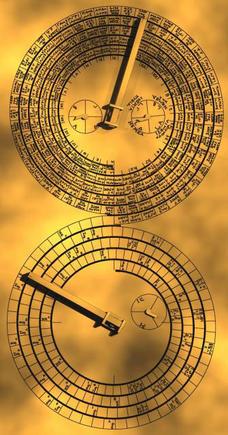
How does that help with solving the puzzle? It doesn’t. Well, not yet at least. The only other clue is the three sheets of paper with a table of values in them. This is obviously the puzzle we have to solve. But where to begin?
Like with any puzzle, it starts with figuring out what is common and what is different with each set of clues provided and see what stands out. The first two have two numbers on each square colored red and blue. The third sheet however has three numbers, with the third number colored green. Each sheet has a different amount of squares as well. The first sheet is 13 x 20 and has 260 squares. The second sheet is 14 x 21 with 294 squares and the third sheet is 11 x 21 with 231 total squares. What does this tell us? It most likely means that each sheet is not directly related in a mathematical sense that they will be calculated together since there is no symmetry. Each sheet is most likely an independent puzzle on their own.
Looking at the table again, it also appears that each number per box seems to be limited to single digit from 0 to 9, although the 9 is very rare and the majority is actually zero. This actually reminds of a cipher girls used back in elementary school where they would write the initials of a boy they liked in a sheet and pass it to their friend. Hidden in a seemingly random table set of numbers on graphing paper was a particular pattern revealed only if the recipient is aware of the decoding key number. To any person who is not aware of the key number, it will just seem like a random set of numbers but to the person who knows the number to cross out, the answer is ready to be read.
In this case however, it looks like NVIDIA took that several steps further by incorporating number blocks (nine in total, forming a square), as in the number designated in the middle points out the number of blocks to cross out. It is not explicitly stating which blocks should be crossed out, but in reference to the blocks beside it, this information can be narrowed down. It requires pattern recognition and filling in the blanks similar to a crossword puzzle or Sudoku. This concept is also similar to the classic Windows 95 game “Minesweeper”, with the key difference of using the number 9. In minesweeper, the number only goes up to 8 because the middle square block is not counted. The two sets of numbers use different colours because they reveal a different pattern each. Since we have three sheets with the third sheet having three colours instead of two, we are expecting to reveal seven different patterns in total.
Here begins the tedious segment requirement of every single NVIDIA #OrderOf10 Origins puzzle so far. Let’s fire up Photoshop (or any image editor of your choice) to straighten the puzzle so that it is easier, then let us create a 3 x 3 transluscent colour block which we can use to quickly solve each sheet (I will use NVIDIA green). Let us make one set of blocks for each color with a “glory hole” cutout on the corresponding number at the center we wish to isolate so it is easier. For example:
Taking the first sheet for example and working with the red pattern first at the top corner, it says zero so it means every single block within the green area will not be marked. Let us move the block to the right side however where there are more red numbers other than zero to see if we need to mark anything:
Now we have a non-zero value. The red value says 5 so that means 5 out of the 9 squares within the green block (including the center square) will be marked, but we don’t know exactly where. So we move the block one square at a time and eliminate all possibilities. Here is the area marked, and I am going to move the block around so you can see what I mean. Watch the number in the glory hole and see if it matches the number of X’s that are I have crossed out so far:
See how it works now? The number inside the glory hole corresponds with the number of squares crossed out in each green square block. Applying it to the entire sheet in red, gives us this:
Interesting. It appears to be the symbol for male gender (#triggered) and a number. Now let us try it with the blue numbers:
Waitaminute….is that the female symbol but with horns?! (#doubletriggered), plus the number 18. Actually, since the text clues imply an astronomical connection, these are astronomical symbols used by the Greeks. Which makes the red symbol on the first sheet the planet Mars and the blue symbol the planet Mercury.
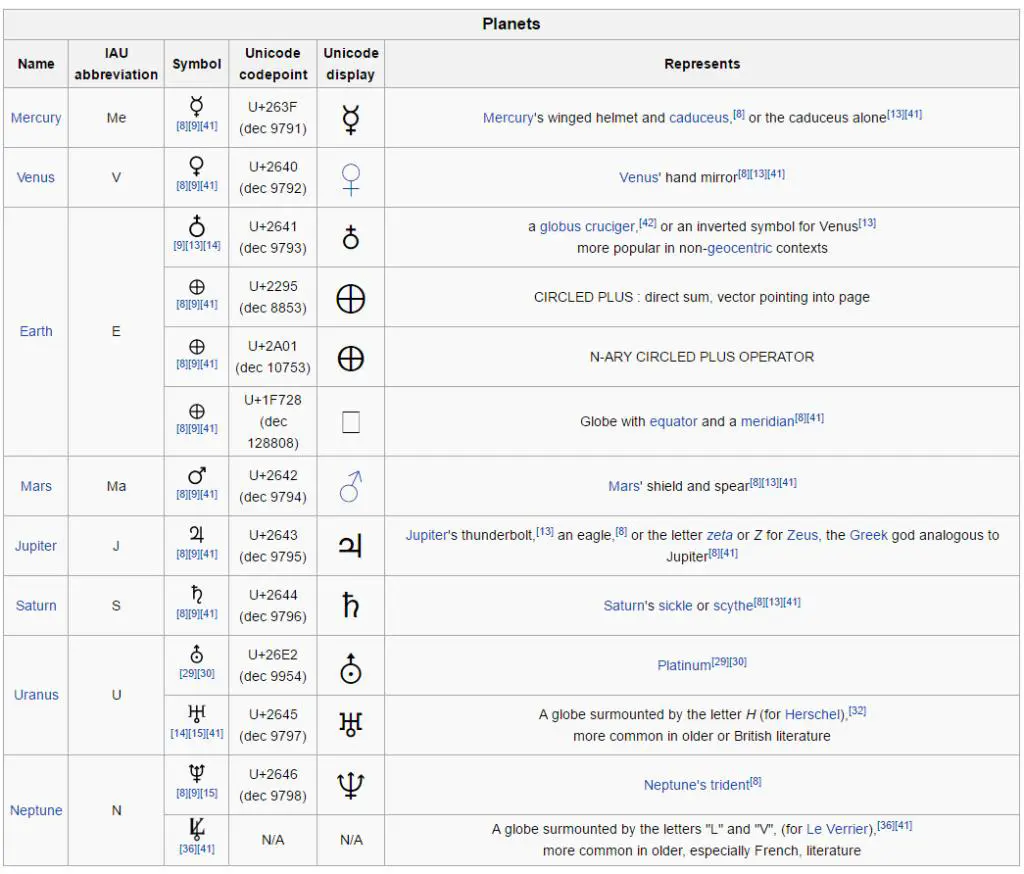
Here are blank sheets straightened out so it is easier to manipulate in an image editing program if you want to solve each yourself:
Now applying the solution to the rest of the sheets, cross-referenced with the chart above, we get:
Sheet 1:
- RED: Mars 284
- BLUE: Mercury 18
Sheet 2:
- RED: Jupiter 590
- BLUE: Venus 28
There are actually some minor mistakes here that the NVIDIA puzzle maker has made. I don’t blame them because the numbers in the tables are all hand-written (there is obvious variance in each similar number that suggests it was not auto-generated characters). Two mistakes are obvious when solving the red puzzle and one shows up when solving the blue on the second sheet:
Sheet 3:
- RED: Saturn 45
- BLUE: Sun 2.7
- GREEN: Earth 18
Six planets plus the sun, which just happen to be the planets Hipparchus and his peers knew. They didn’t have telescopes back then, it took until Galileo to actually see Saturn’s rings. Uranus, Neptune and (if you count it) Pluto were discovered much later. What the hell do the numbers mean though? The decimal is a curious one. I checked and double checked for any errors and there weren’t anymore so we are going to take that as face value. Since they are celestial bodies in our solar system with a known order, let us arrange them in terms of where they are placed, starting with the sun and ending with the farthest planet:
- Sun: 2.7
- Mercury: 18
- Venus: 28
- Earth: 18
- Mars: 284
- Jupiter: 590
- Saturn: 45
Now it begins to make sense why there is a decimal there, because this number organized this way is a familiar number to mathematicians: 2.718281828459045
…and if you don’t know what it is, you can always feed it to Google to see what the answer means:
There you have it. I actually typed out the two-word answer with an apostrophe and it accepted it as correct. I’m assuming you can type out the single letter answer as well.
Now that the #Orderof10 Origins challenge is complete, all that is left now is to wait for the results, and hopefully one of the readers here will win the grand prize. Just make sure to comment back here if you do and post a photo of your prize(s). Cheers!
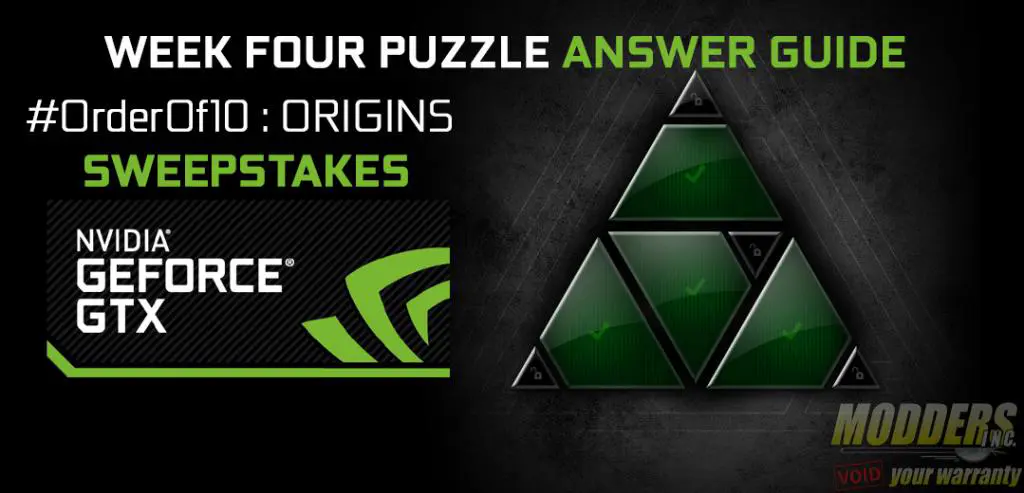





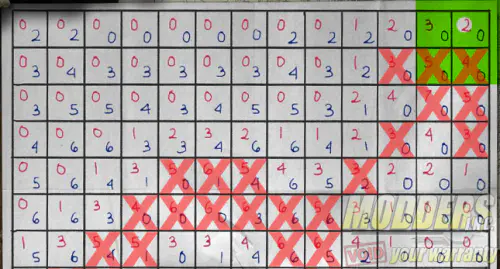
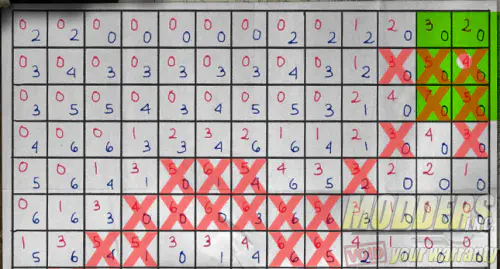
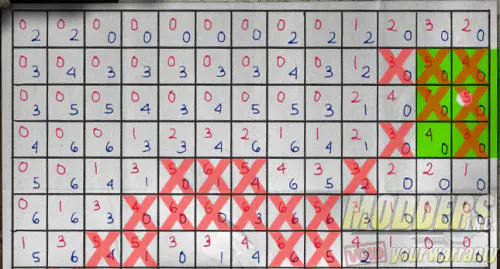
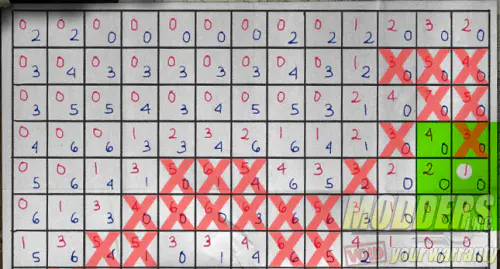
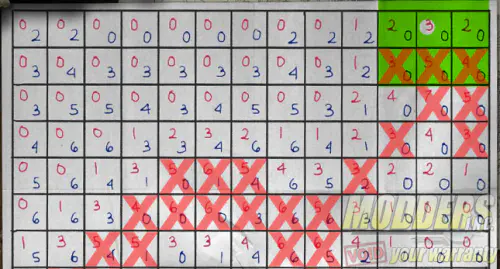
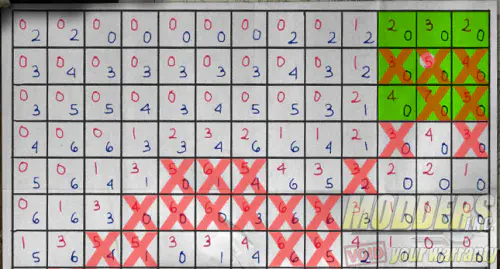
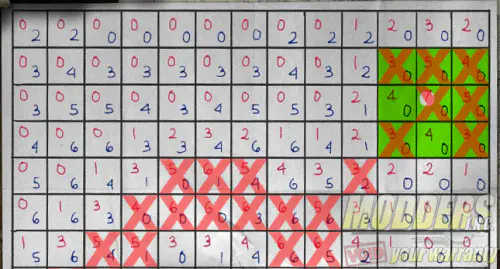
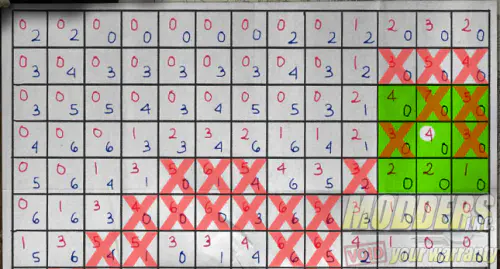
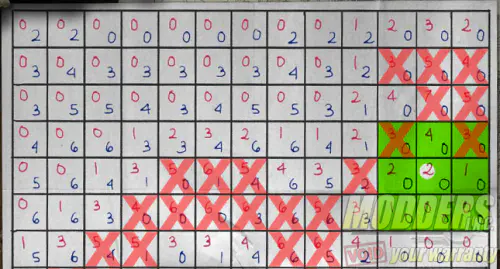
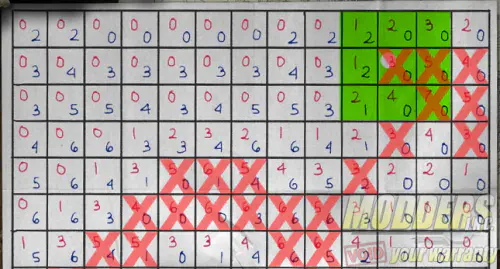
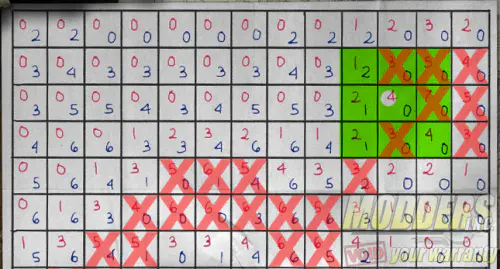
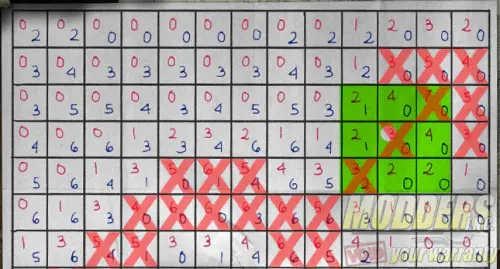
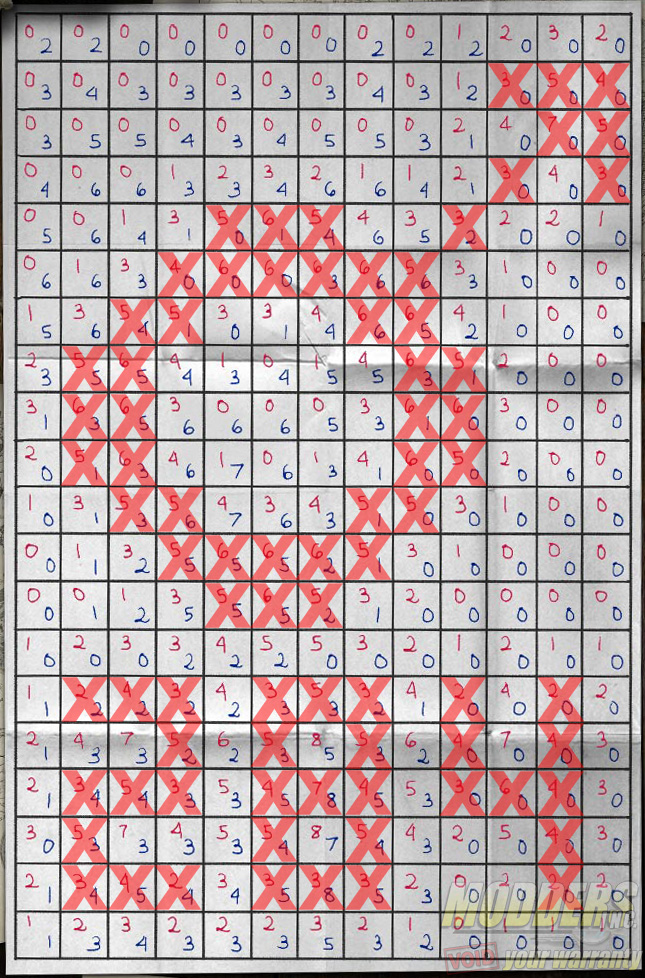
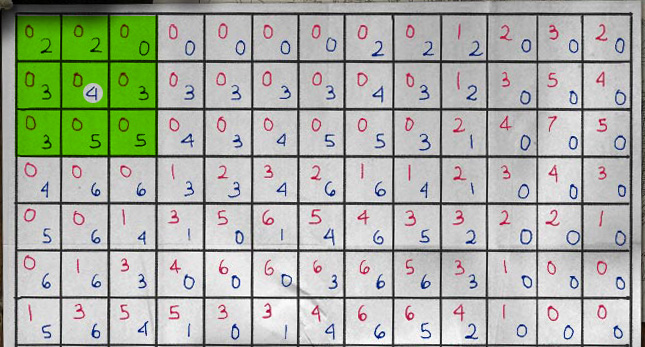
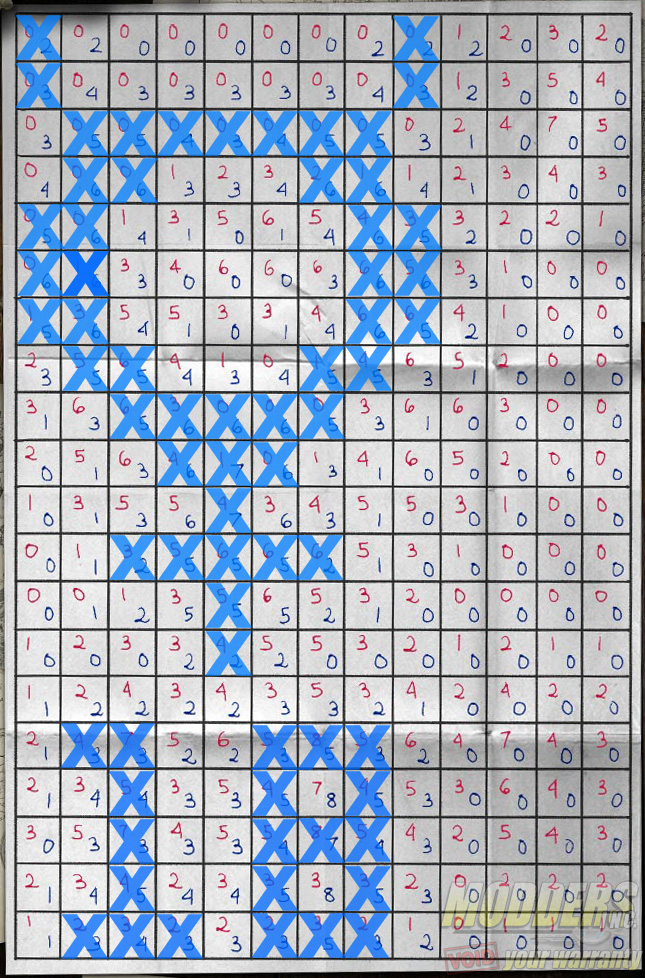
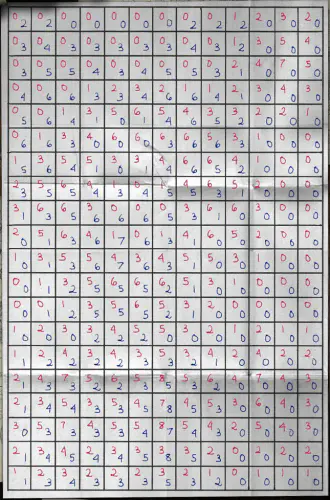
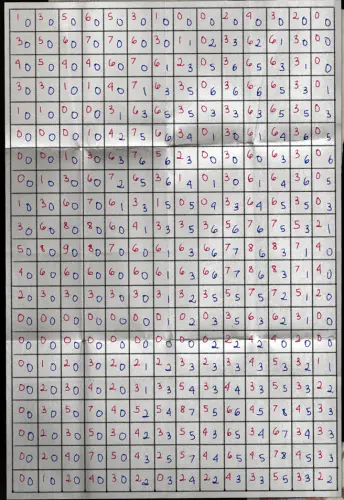
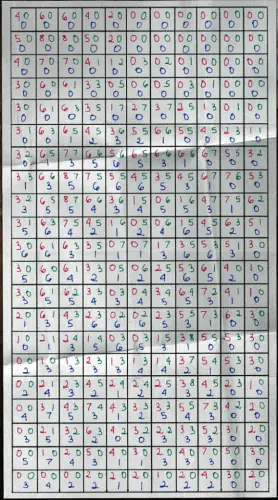
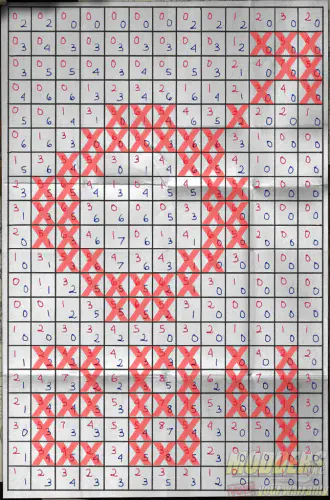
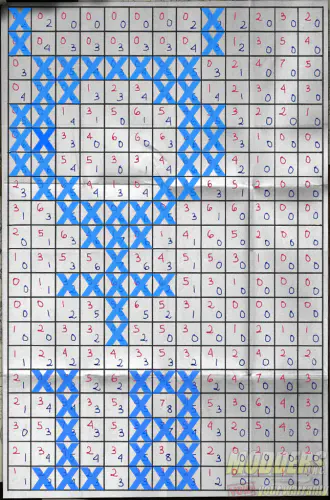
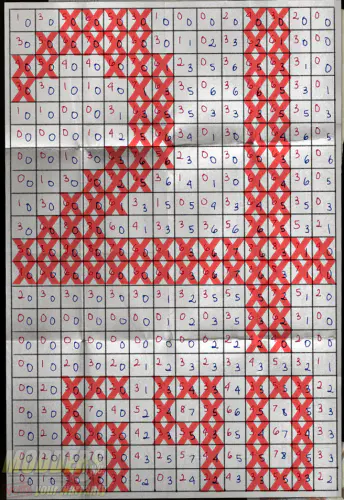
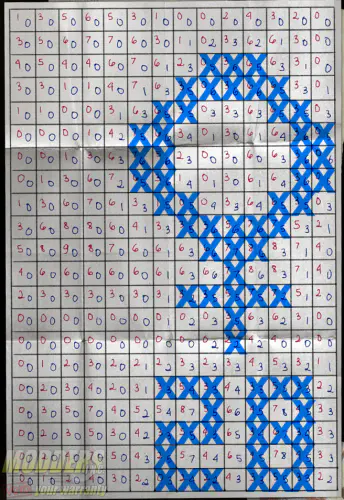
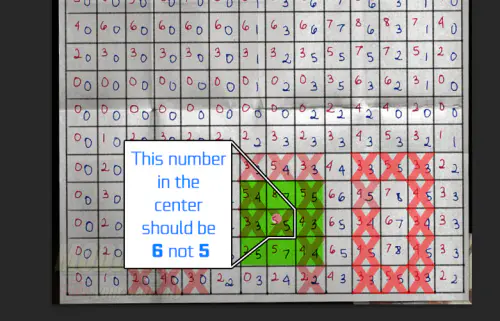
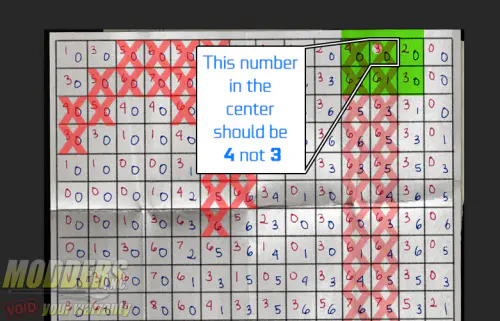
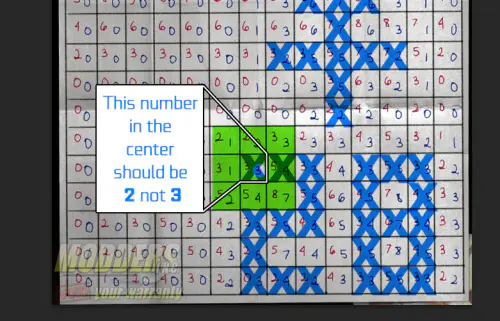
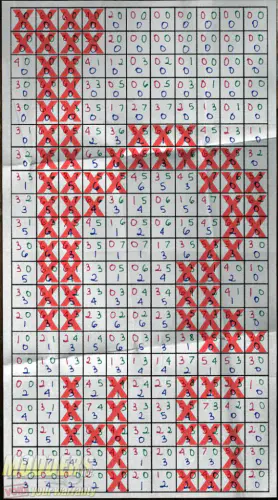
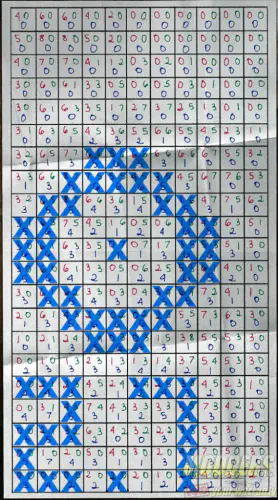
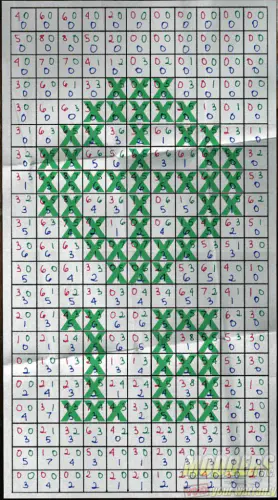
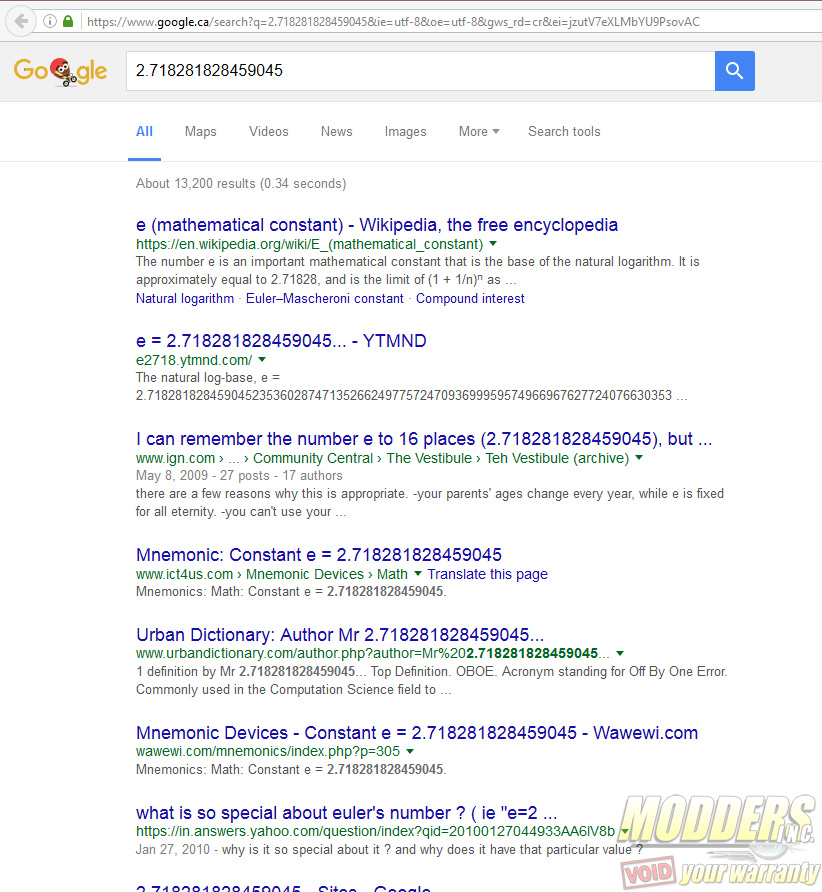
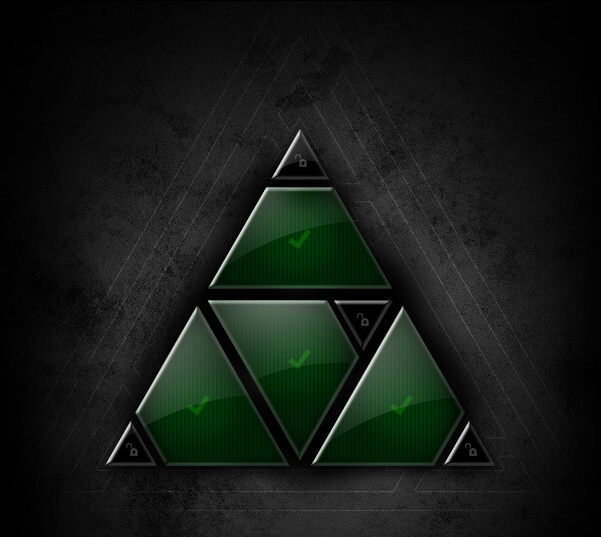
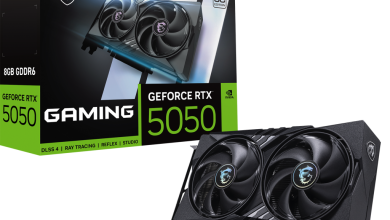
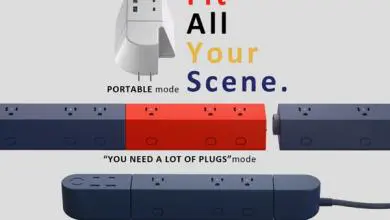
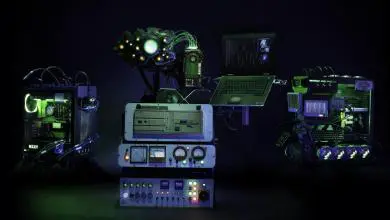
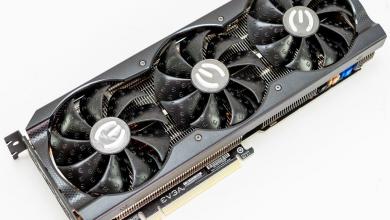
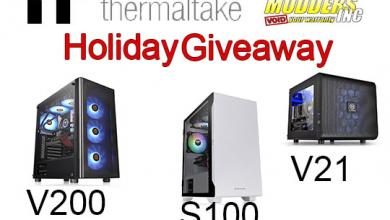
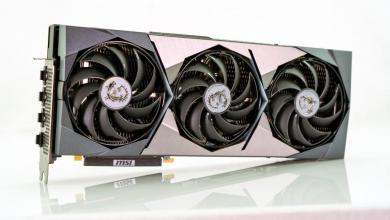

I really tried to do the puzzle legitimately, but ultimately did a google search to get here. I got far enough to notice that the puzzles were difference sizes, so the values in the boxes couldn’t directly interact with the other boxes. I tried looking for a ton of different patterns by loading the table into paint and blocking certain ones out based on the values in the box… I tried cross referencing the values with the alphabet… At one point, minesweeper crossed my mind, but I dismissed the thought :\
Thanks for this detailed breakdown and explanation. I’m especially thankful for the answer ;)
Thank you. Glad to hear you are solving it. These are very fun to do. Sometimes it is a matter of trial and error, but what I have found most helpful is that trusting your instinct is #1 and not to overthink it.
Referral help:
5gqnp2bma4
4etsp7sjte, this is my referal code. Someone use it I would be grateful,
bh7uhqjq3f
I FOUND!!!!
aarqrgsn6i
djnzpgsnck
Here ya go! :) uehtgn4d4c
UNIQUE REFERRAL CODE
jafe8r2sse https://orderof10.com/refer
My referral code is deenqrvnxr plz help
Referal COde: 7z9imv43qj
what is the answer ?
REFERRAL CODE wrvk9aj79e
r3ie53q2tz
My refferal Code is:
9b97r823ja
Refereel COde: xvguu5h6vg
wunjnwxp6u
2r3mmbgnsh
Any help would be appreciated! Thanks
More than a few errors, and they aren’t minor when they stop me in mid-solve. I play these “black and white” grid puzzles all the time. Could they not have had someone beta test their work? On the 2nd blue grid, around the cross of the “female” symbol, the 5 square must have 5s on either side, not the 3s as given. Sadly, I let my frustration decide against bothering with the rest. And yes, a single letter answer is accepted.
g2gyjqt8dj
6cms776xrg